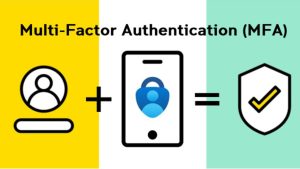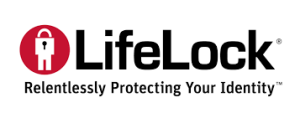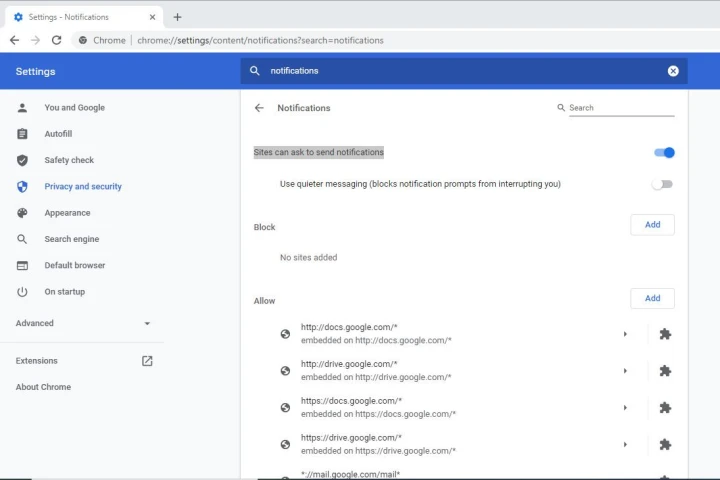Protect yourself in a digitally connected world | SNM Consulting
By Aruneesh Salhotra / May 23, 2023
A century ago, telephones changed the way we all connected with others, built and maintained our social relationships, and went about our work. They enabled instant communication of information, instead of relying on slow overland routes. And this marked what we can now refer to as ‘the voice era’. Fast forward to the early 2000s and beyond, the landscape and business models have changed, and they continue to evolve. The modern network has enhanced communication through the movement of data. Here is a list of various businesses that have witnessed increased use of technology, driven by digital transformation and the ever-growing use of IoT devices:
- 1. Messaging and Communication
- 2. Education
- 3. Connected Cars
- 4. Smart Home Devices
- 5. Wearable Devices
- 6. Farming, Industrial Devices
- 7. Connected Appliances
- 8. Entertainment, Streaming Services

Digital connectivity could be described as an ecosystem to establish connections through digital technologies. It is an ability made possible via the usage of devices, systems, and individuals. This enables communication and makes it seamless to share information, in turn facilitating the rapid exchange of information and knowledge, making education, research, and innovation more accessible and efficient. Additionally, it enhances communication and social interactions, bridging the gap between individuals from different countries and backgrounds. Like with every evolution and change, there are associated risks. In this digitally connected world, it is important to protect yourself and your identity. While as an individual, you cannot control and eliminate all security risks that you might be prone to, however, there are some basics you can follow right off the bat.
In the article “The dangers of sharing personal information on social media” published by Joseph Turow, a professor of communication at the Annenberg School for Communication, says hackers may be using your posts against you.
- “Criminals can try to use this information to get more information from you that will then allow them to target you for money out of some online accounts,” Turow says. “Hackers are continuously looking for ways to get into people’s files to find out ways to get into their monetary accounts and take on some aspects of one’s identity in some type of way.”
- He says people “use these details to hack social media accounts, guess security questions on financial sites, and send customized ‘spear phishing’ messages designed to fool you into forking over sensitive information.”
Here are my 2 cents related to the digitally connected world we all live in. Even if you decide one day to quit all social media platforms thinking you are completely off the grid and all personal data about you is deleted from the internet, you are mistaken. Your identity still stays live on the internet, and your data is still available via the data providers only to be harnessed by a malicious attacker for financial gains. With the advancement in AI and every growing dark web, it has been much faster for ill-intended people (hackers) to gather relevant information about you and create a “predictable” profile for you and define an attack strategy. Here are a few tips that can help protect you and your loved ones.
- At a minimum, enable 2FA for all accounts, at least for the services that support it. Additionally, MFA is better served if it supports Authenticator App like Google or Microsoft
- All banking and any critical apps (critical to you) should utilize MFA/3FA considering 2FA is prone to bypass
- You should limit (where applicable) to not use OTP (via SMS or Email) since it is not complex for hacking these. Authenticator apps are key
- Social Media accounts need to be protected with care. Imagine the intangible loss if an unintended post goes from your profile
- Enable “Two-step verification” on “WhatsApp”
- In the social media group chats, ascertain the identity of new people joining.
- Limit sharing your whereabouts, your vacation, your preferences, your identity, and your pictures on social media platforms.
- It is not complex to create your digital profile, who you are, what you like, where you might be at different times based on observed patterns, and who your close friends are.
- Sign up for services like LifeLock (this of it as an identity watchdog). When looking to justify the cost of such services, think about the cost of recovering and restoration of your identity, and the associated headache.
- Keep to-to-date with the patches for Windows, iOS, and Android devices as most of them have security-related fixes
- Regularly review the login history accessible via Audit Logs
- Carefully vet the IoT device and brand before buying and integrating it within your home WiFi
- Create a secondary WiFi network on your Home Router and connect your IoT devices to the secondary WiFi network
- Practice safe browsing habits: Only visit trustworthy websites, especially when entering sensitive information or making online transactions
- Be cautious of phishing attempts: Be skeptical of emails, messages, or websites that ask for personal or financial information
- Educate yourself about privacy settings and platform features: Stay informed about the privacy settings and features offered by the social media platforms you use
- Educate yourself about privacy settings and platform features: Stay knowledgeable about the privacy settings and features offered by the social media platforms you use.


Note: this “security-tip” article is not intended to be a comprehensive list or a gospel for securing your identity, however, attempts to raise awareness of the complex nature of the digitally connected world and a few initial steps you should take to reduce the security risk. Do comment below with other practical tips that you might be doing that can thus be added as an additional security tip.


